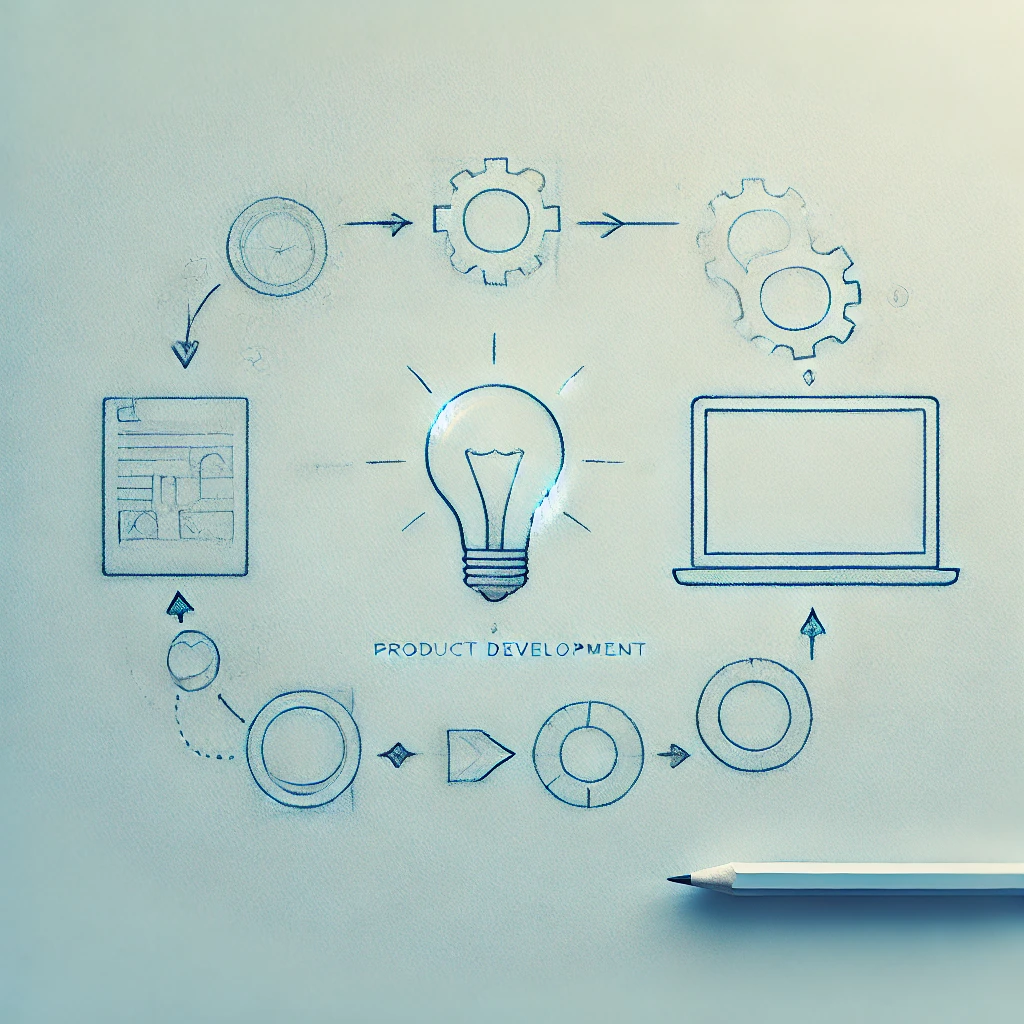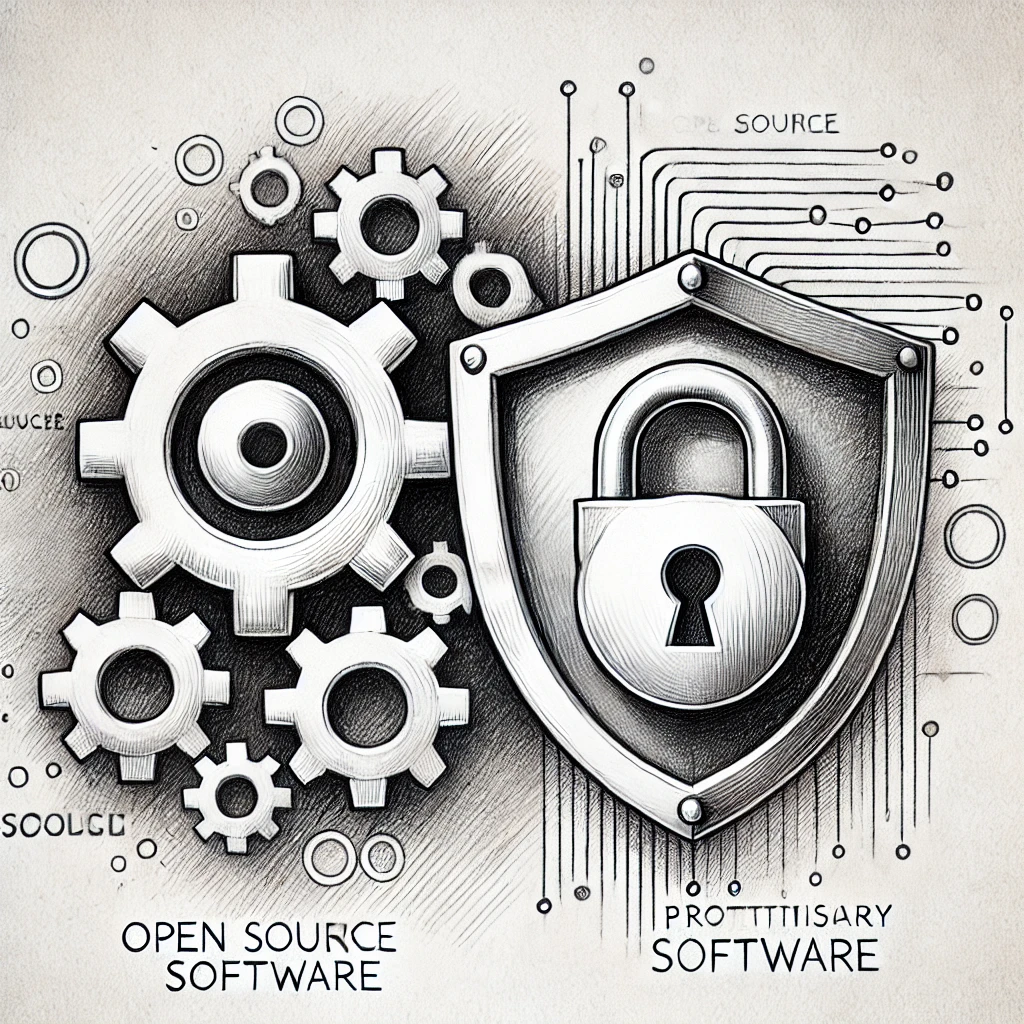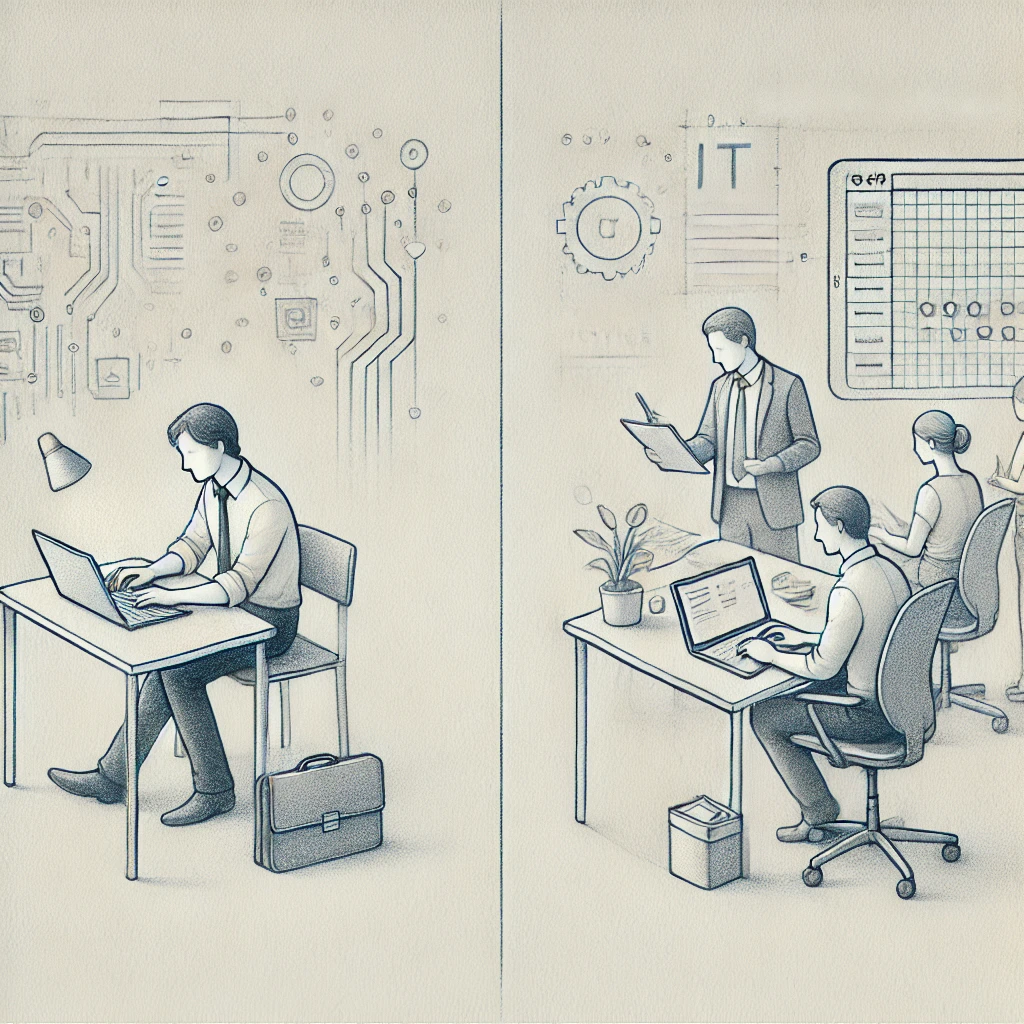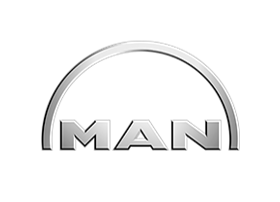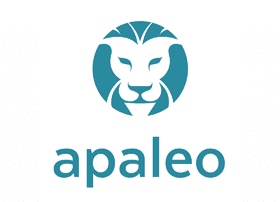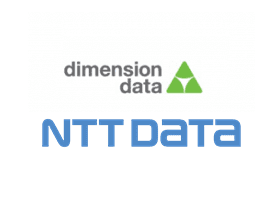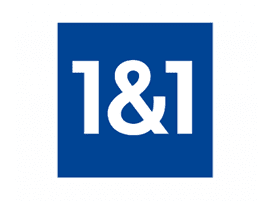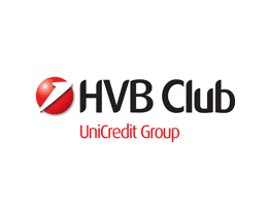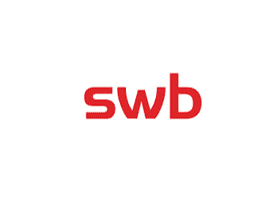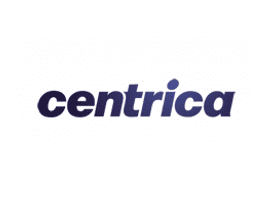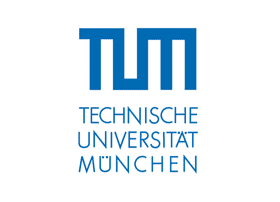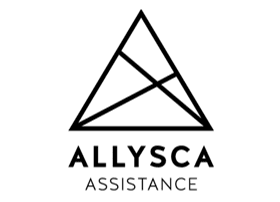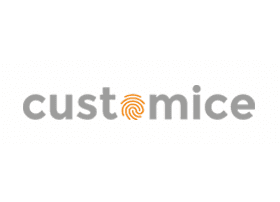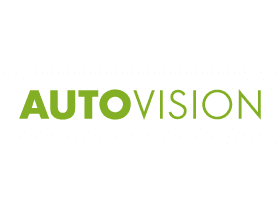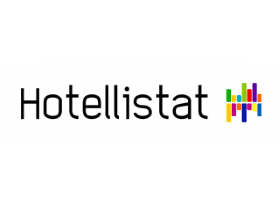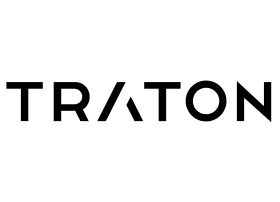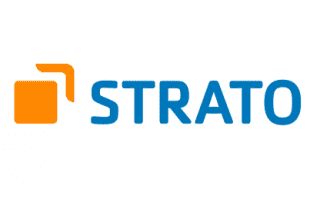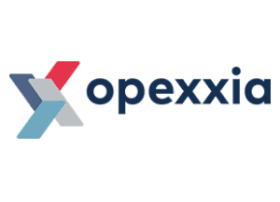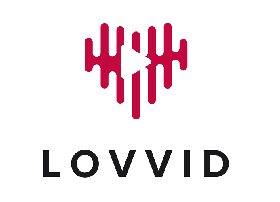What is lean management and what role does it play in corporate IT?
– A guide. –

Lean management is a management approach that focuses on optimizing work processes. It aims to minimize waste, use resources efficiently and maximize value creation for the customer. Originating in production, particularly at Toyota, the lean concept has since been transferred to numerous industries and areas, including corporate IT.
1. the basic principles of lean management
Lean management is based on a number of principles that can also be applied to corporate IT:
- Define value from the customer’s perspective: The first step is to understand what the customer really needs. In IT, for example, this could be the provision of a stable infrastructure or the development of certain software features.
- Analyze the value stream: All processes that contribute to the provision of the product or service must be identified. In IT, this includes areas such as software development, infrastructure management or IT support.
- Create flow: Processes should be optimized so that work is carried out continuously and without unnecessary interruptions. In IT, this often means introducing automated processes and smooth transitions between teams.
- Apply the pull principle: Work is only started when there is an actual demand or need. This prevents unnecessary work and improves resource utilization.
- Continuous improvement: The so-called Kaizen principle promotes the constant optimization of processes. Regular reviews and adjustments to working methods enable IT teams to adapt quickly to changes and become more efficient.
2. lean management in corporate IT
In corporate IT, lean management is used to optimize software development projects, IT infrastructure and support processes. Its principles help to eliminate bottlenecks and inefficiencies and make IT more agile. Here are some areas where lean management is crucial:
2.1 Software development
In software development, lean management leads to a more efficient provision of applications and services. This is where methods such as lean software development or agile development come into play, which aim to respond to customer requirements as quickly as possible and avoid waste.
Example: A software development team could work in short cycles (known as sprints) to receive regular feedback and ensure that only what is actually needed is developed. Superfluous code and unnecessary functions are avoided, which shortens development time and increases quality.
2.2 IT infrastructure and operation
In the IT infrastructure, lean management helps to standardize and automate processes. This helps to stabilize operations and reduce maintenance costs. Especially when switching to cloud-based systems, lean management can help to eliminate outdated processes and improve scalability.
Example: By introducing an automated infrastructure that adapts to actual resource requirements, unnecessary manual intervention can be avoided and downtimes minimized.
2.3 IT support and service management
In the area of IT support, lean management helps to shorten response times and solve recurring problems more efficiently. Self-service portals and automation are often used here to reduce the workload for support staff.
Example: An IT support team can apply lean management by automating the processing of frequently occurring requests. Customers can find simple solutions in a portal, which reduces the need for support requests and relieves the team.
3. the advantages of lean management in corporate IT
Numerous benefits can be achieved by implementing lean management in corporate IT:
- Increased efficiency: By removing unnecessary processes and focusing on value-adding activities, IT projects are completed faster and with fewer resources.
- Cost reduction: Lean management reduces unnecessary expenditure by eliminating waste and making processes more efficient.
- Faster response times: In a fast-moving digital world, companies must be able to react flexibly to new requirements. Lean management improves the agility and adaptability of IT departments.
- Higher customer satisfaction: As lean management is strongly customer-oriented, it ensures that IT services meet the actual needs of users. This leads to a better user experience and higher customer satisfaction.
- Better collaboration: Through the principle of continuous improvement and the elimination of departmental boundaries, lean management promotes closer collaboration between different IT teams.
4. challenges in the implementation of lean management in corporate IT
Although lean management has many advantages, its introduction in IT is not always easy:
- Cultural change: Lean management often requires a fundamental change in corporate culture towards more openness and a continuous improvement process. This can cause resistance, especially if employees cling to traditional ways of working.
- Complexity of IT processes: IT processes are often very complex and involve many dependencies. It can be difficult to identify and eliminate waste without affecting the overall system.
- Silos in the organization: In many companies, IT departments work in isolation from other teams. However, lean management requires close collaboration between different departments, which often poses organizational challenges.
5. lean management in IT – the path to a more efficient future
Lean management offers corporate IT an enormous opportunity to make processes more efficient and increase agility. It enables IT departments to react more quickly to changing requirements, reduce costs and improve customer satisfaction. However, the successful introduction of lean management requires a clear roadmap and the commitment of the entire organization.
Support from BITS
BITS GmbH has extensive experience in the implementation of lean management in corporate IT. Our experts will help you to identify inefficient processes and optimize your IT processes. Contact us today for a comprehensive consultation – together we can make your IT leaner, more efficient and future-proof.
CONTACT
Would you like to find out more?
Are you interested in learning more about the possibilities of digitization in your company? Are you facing similar challenges or have you planned specific projects in your company? Please contact us for a detailed consultation.
Send us an e-mail directly to [email protected] – we look forward to working with you to shape the future of your IT landscape!
You can also make an appointment directly in our calendar.
OUR CUSTOMERS AND PARTNERS
OUR CUSTOMERS AND PARTNERS
Gemeinsam, zuverlässig und langfristig wollen wir als IT-Dienstleister Sie bei Ihren IT-Vorhaben unterstützen. Eine Auswahl unserer Kunden, Partner sowie Branchen finden Sie in diesem Abschnitt.






